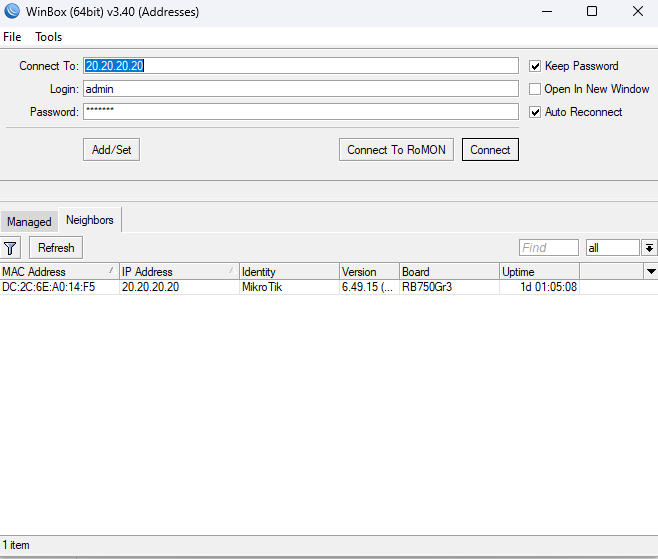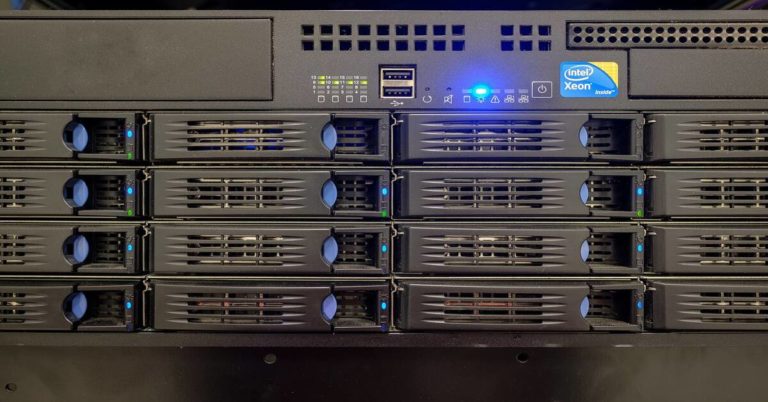Understanding the Importance of a Router in Networking
Routers are the silent architects behind the seamless flow of data in the complex world of networking. In this blog post, we will embark on a journey to uncover the importance of a router in networking. We’ll explore how routers align with the OSI model, demystify the routing process, draw parallels between routing and the traditional postal service, dive into routing protocols, and unveil the enigmatic world of routing tables. We’ll also discuss two fundamental types of routing protocols: Distance Vector and Link-State, with a special focus on OSPF [ RFC 2328 ] and BGP [ RFC 4271 ].
The Purpose of a Router in Networking
At its essence, a router serves as the bridge connecting diverse networks. Its primary functions include:
- Packet Forwarding: Routers are entrusted with the task of forwarding data packets between different IP networks.
- Finding the shortest path: They make intelligent decisions (using specific algorithm) based on network addresses to find the shortest path between source and destination so data reaches its intended destination efficiently.
- Network Segmentation: Routers empower network administrators to establish distinct network segments, enhancing security, control, and performance by isolating network traffic.
- Network Address Translation (NAT): Routers often execute Network Address Translation, allowing multiple devices within a local network to share a single public IP address. NAT plays a pivotal role in preserving IP addresses.
- Firewall Functionality: Many modern routers incorporate firewall features to safeguard the network against unauthorized access. They filter incoming and outgoing traffic based on predefined rules.
Routers and the OSI Model
The OSI (Open Systems Interconnection) model provides a theoretical framework for comprehending how various networking protocols and devices interact. Routers operate at Layer 3 of the OSI model, known as the Network Layer. This layer is responsible for logical addressing, routing, and packet forwarding.
At Layer 3, routers leverage logical IP addresses to make routing decisions. They take into account factors such as the destination IP address, routing table data, and the best path to reach the destination.
The Routing Process: A Postal Analogy
Understanding the routing process can be simplified by drawing an analogy to sending a physical letter through the traditional postal service:
- Packet Arrival: Imagine you’ve written a letter and dropped it in a mailbox. Similarly, a router receives an incoming data packet from a connected device or another router.
- Destination IP Lookup: As you write the recipient’s address on the envelope, the router inspects the destination IP address in the packet’s header to determine the next destination.
- Routing Table Lookup: Routers maintain routing tables, similar to postal service employees with detailed knowledge of postal routes. The router consults this table to decide where to send the packet.
- Packet Forwarding: In the postal analogy, the mail gets sorted and forwarded through the postal system, and in the networking world, the router forwards the packet to the next hop or router based on the routing table information.
- Repeat: The process continues until the letter or packet reaches its final destination.
Routing Protocols
Routing protocols are rule sets that enable routers to communicate with one another, sharing information about the network’s topology and the most efficient paths to reach various destinations. We have two primary types of routing protocols:
- Distance Vector Protocols: These protocols determine the best path based on the number of hops (distance) to a destination. An example of a Distance Vector protocol is RIPv2 (Routing Information Protocol version 2).
- Link-State Protocols: These protocols maintain a comprehensive view of the entire network and calculate the shortest path based on various metrics. Notable among Link-State protocols is OSPF (Open Shortest Path First), frequently utilized within enterprise networks.
- BGP (Border Gateway Protocol): BGP is an exterior gateway protocol, specializing in routing between different autonomous systems on the internet. It operates as a path vector protocol, considering multiple factors when determining the best route.
The Role of Routing Tables
Routing tables serve as the navigational maps of routers. They store critical information about network topology, including available routes and their associated metrics. When a router receives a packet, it checks its routing table to discern the best path for forwarding the packet.
Conclusion
Routers are the heroes of modern networking, ensuring data packets find their way to their destinations. They use routing protocols like OSPF and BGP to make informed decisions about packet forwarding. Routers are essential in a Metropolitan Area Network, handling data traffic across multiple interconnected LANs within a geographic region. By understanding the functions of routers, the routing process, and the significance of routing tables, network engineers lay the groundwork for the interconnected world we depend on.





